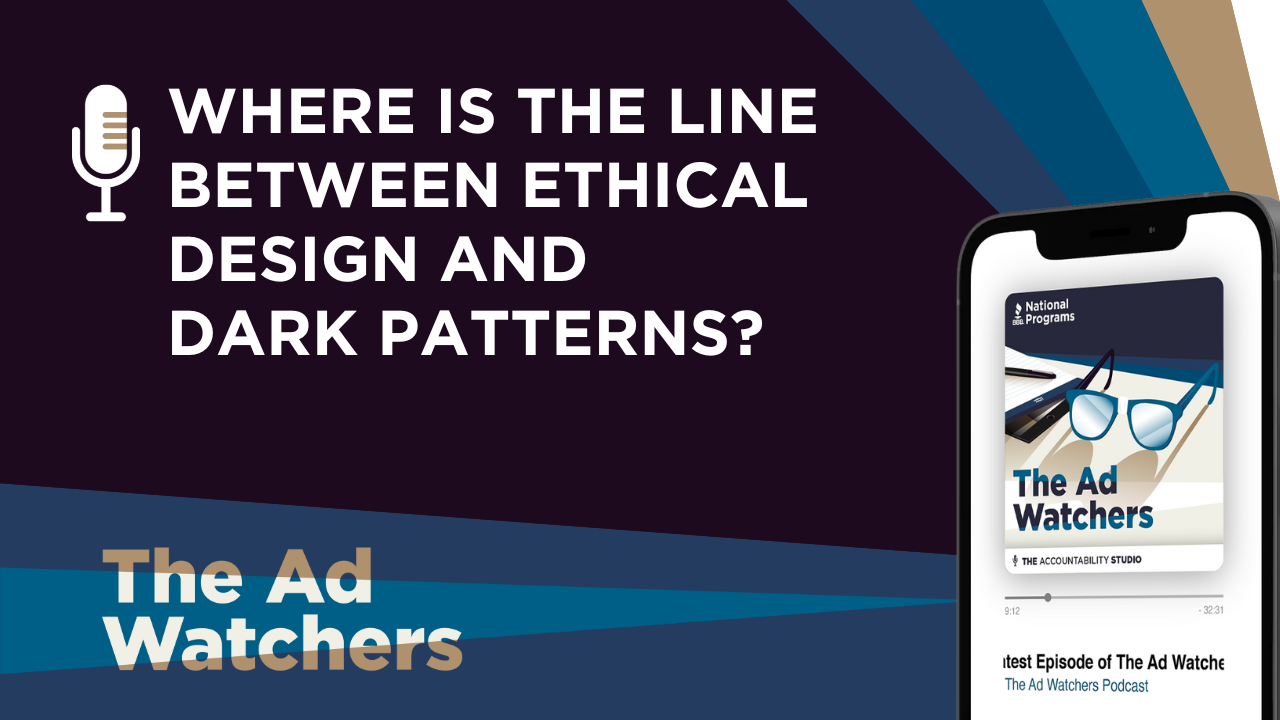
0:00-1:26 This Ad Watchers episode provides insight into “Dark Patterns.” Coined by Harry Brignull in 2010, the term “dark patterns” is used to describe design practices that trick or manipulate users into making choices they would not otherwise have made, and that may cause harm. Eric Unis, Senior Attorney at the National Advertising Division (NAD), and his colleague Annie Ugurlayan, NAD’s Assistant Director, are joined by guest Deputy Director Katherine Armstrong. Katherine is a deputy director of the National Advertising Division (NAD) at BBB National Programs. She manages NAD attorneys and the overall case management and handling of monitoring and competitor-challenged truth-in-advertising cases, supporting long-term operations planning for the 50-year-old program.

1:27-2:39 Annie kicks off the episode by referencing a recent OECD report that states:
Dark patterns on websites and apps involve framing (preselecting choices by default or giving them visual precedence, hiding information or disguising advertisements); creating a sense of urgency (through potentially misleading scarcity indications); generating social proof (through potentially misleading popularity indications); forcing registration or information disclosure; nagging to make a choice; and making it difficult to cancel or opt out.
2:40-5:54 Annie then asks Katherine to deliver her comments on this report. Katherine begins by noting that these dark patterns are scary but not new. The FTC’s report, Bringing Dark Patterns to Light, was issued last month as a follow-up to the FTC’s April 2021 workshop, which focused on dark matters in many industries and contexts, especially e-commerce. The report focuses on four common dark pattern tactics:
- Misleading Consumers and Disguising Ads: For example, articles that look like ads; using countdown timers leading consumers to think that they need to act quickly to access the advertised deal; review sites that look independent but are pay-to-play.
- Making it difficult to cancel subscriptions or charges: This involves recurring payments for services to which consumers did not consent to purchase. These continuity programs often share a central feature. They take the consumer’s silence or failure to take affirmative action as acceptance.
- Burying key terms and fees: Claims like “no hidden fees” when, in fact, there are many such fees, the identity of which are buried in mice-type at the bottom of a webpage.
- Design elements that obscure or subvert privacy choices: Examples include pre-clicking boxes or not allowing consumers to accept or reject how their personal data will be used.
5:55-7:03 Eric forwards the conversation to introduce several of what the FTC calls “dark patterns” and discusses how NAD has addressed them. One example he discusses is StubHub’s ticket pricing. He notes that hidden fees and false discounts have been on NAD’s radar. In the StubHub monitoring case, StubHub’s website ticket pricing was advertised during the consumer’s initial search for tickets, and then a very different price emerged at checkout. The total price displayed included service fees and taxes, with service fees ranging from 24-29% of the ticket cost.
7:04-11:05 There was no breakdown of the fees unless purchasers clicked on a hyperlink labeled “pricing details.” NAD determined this was deceptive since consumers could not make an informed decision. This ended up being referred to the FTC because they refused to participate.
11:06-13:44 Annie furthers the conversation by discussing dark patterns relating to hidden or delayed disclosure of material information. She mentions a Quicken Loans monitoring case. We challenged the claim “NO REGISTRATION, NO LOGIN” (implied claims: 1) personal data is not collected; 2) personal data is not shared with third parties). They referred this to the FTC due to a lack of a substantive response. While we did not say this was a dark pattern, they did note that Quicken Loans required consumers to enter a significant amount of personal information before any rate information was provided, contradicting the implied claims. Interestingly, Quicken Loans’ privacy policy indicates that they collect and share personal data.
13:45-16:26 Following Annie’s points, Katherine provides insight into the FTC’s take on these patterns and related issues. Katherine conveys that the FTC promulgated the Negative Option Rule in 1973, which requires that prenotification plan sellers clearly and conspicuously disclose their plan’s material terms before consumers subscribe. In 2019 the FTC issued a notice of proposed rulemaking to expand the rule – this process is ongoing. In addition, last year, the FTC issued a policy statement on Negative Option Marketing focused on clear and conspicuous disclosures that allow consumers to clearly consent to the program as well as provide consumers with an easy opportunity to cancel. Additionally, the FTC has used its authority under other rules and statutes to address some of these issues, including the Restore Online Shoppers’ Confidence Act, the Telemarketing Sales Rule as well as the Unordered Merchandise Statute, and the Electronic Fund Transfer Act as well as Section 5 to address these issues.
16:27-19:26 Closing the episode, Eric summarizes that the material connections need to be clearly and conspicuously disclosed, whether the endorsements come from consumers or celebrities, and need to reflect the typical consumer experience. He also says it’s important to recognize how consumers may actually engage with online content and address concerns that can create consumer manipulation.
Visit to Learn More: NAD FAQs
Contact Information: nad@bbbnp.org
Listen to the full episode here.
